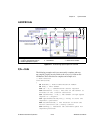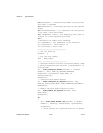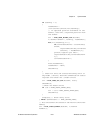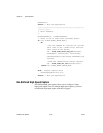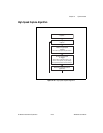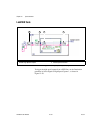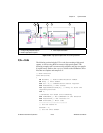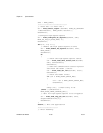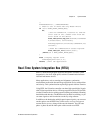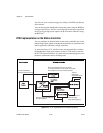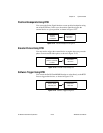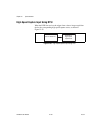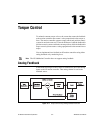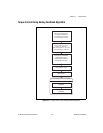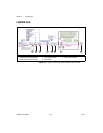
Chapter 12 Synchronization
© National Instruments Corporation 12-37 NI-Motion User Manual
//
nimcHandleError; //NIMCCATCHTHIS:
// Check to see if there were any Modal Errors
if (csr & NIMC_MODAL_ERROR_MSG){
do{
//Get the command ID, resource ID, and the
error code of the //modal error from the
error stack on the device
flex_read_error_msg_rtn(boardID,&commandI
D,&resourceID, &errorCode);
nimcDisplayError(errorCode,commandID,res
ourceID);
//Read the communication status register
flex_read_csr_rtn(boardID,&csr);
}while(csr & NIMC_MODAL_ERROR_MSG);
}
else //Display regular error
nimcDisplayError(err,0,0);
return; //Exit the Application
}
Real-Time System Integration Bus (RTSI)
RTSI is a dedicated high-speed digital bus designed to facilitate system
integration by low-level, high-speed, real-time communication between
National Instruments devices.
Many applications, such as scanning and alignment, synchronize
measurements made with data and image acquisition devices with position
and velocity. This synchronization requires high speeds with low latencies.
Using RTSI, the NI motion controller can share high-speed digital signals
with NI data acquisition devices, NI image acquisition devices, digital I/O,
or other NI motion devices with no external cabling and without consuming
bandwidth on the host bus. The RTSI bus also has built-in switching, so you
can route signals to and from the bus on-the-fly using software.
In addition to the breakpoint and high speed capture signals, you can route
encoder pulses over the RTSI lines, which serves as a way to trigger an
external device on every change in the encoder channels. You can route
phase A, phase B, and the index pulse of the encoder over RTSI.



